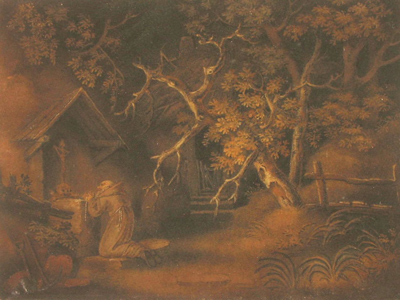
Techniques
This quiz addresses the requirements of the National Curriculum KS3 in Art and Design for children aged 11 to 14 in years 7 to 9. Specifically this quiz is aimed at the section dealing with producing creative work, experimenting with and exploring ideas, and recording experiences. It looks in particular at some of the different techniques used by artists.
Children will have used and learnt a variety of artistic techniques and processes in KS1 and 2. Experimenting with a variety of media is an important part of creative development as children learn new techniques by learning how to control and change materials in order to produce the effect or finish they want.
Ready for more?
not all...
quizzers. Try to win a coveted spot on our Hall of Fame Page.







